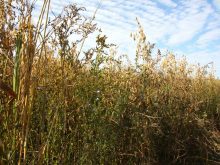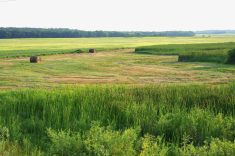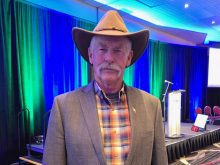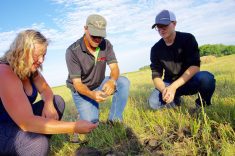Maple Leaf is marking one year as “the world’s first major carbon neutral food company,” as it releases its 2020 sustainability report.
In 2019, Maple Leaf Foods announced it was carbon neutral, the Co-operator reported. The company followed standards set by the Science Based Targets Initiative. The company achieved neutral status by a combination of actual reduction in its environmental footprint, including electricity and natural gas use, and by buying carbon offsets.
Read Also
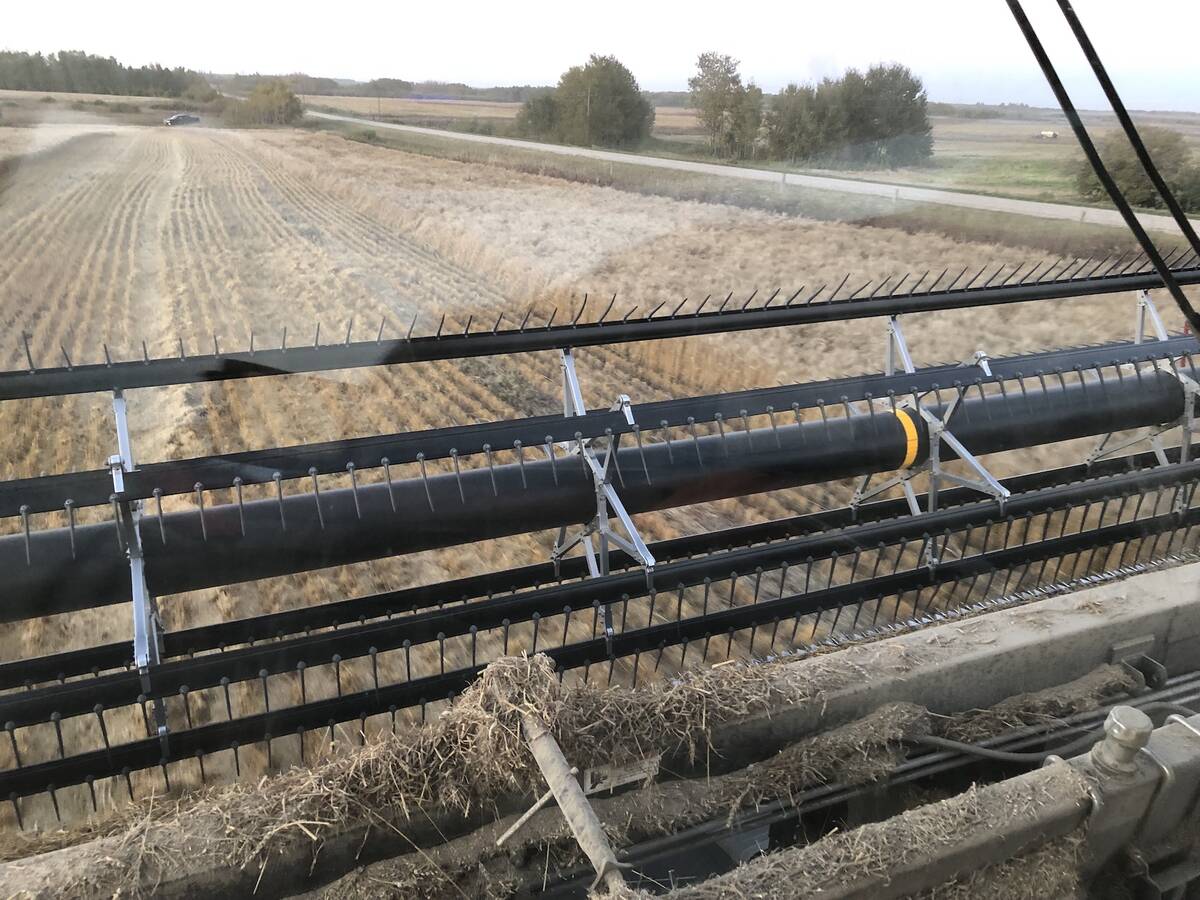
The poetic epic of Manitoba farming 2025
Former Manitoba Co-operator editor John Morriss returns for his yearly poetic sum up of the farming year and look ahead into 2026.
In its 2020 sustainability report, Maple Leaf said it has reduced the “intensity” of its environmental footprint by about 26 per cent for electricity, about 20 per cent for natural gas and 21.6 per cent for water from its 2014 baseline.
Maple Leaf has also cut about 12 per cent of its solid waste from its 2015 baseline and over 30 per cent for food loss waste from its 2016 baseline.
Intensity is defined as the individual performance measure (e.g. natural gas) used per 1,000 kg of finished product, said Tim Faveri, Maple Leaf’s vice-president of sustainability in answers emailed to the Co-operator.
In concrete numbers, Maple Leaf cut back total energy use by about 30,000 megawatt-hours from 2019. It reduced natural gas use by over two million cubic metres, but increased its use of electricity.
Maple Leaf clawed back its solid waste by over 25,000 metric tons, however, this still puts it over its 2018 figure by just under 4,000 metric tons.
“During 2020, we had to pause the execution of some of our environmental footprint reduction initiatives due to COVID-19,” the report says.
However, it still hit its goal of 20 per cent reduction goals for water and electricity by 2020.
“While we achieved most of our 2020 interim reduction targets, we recognize that we need to significantly ramp up our efforts… ” the report added.
One initiative they’ve added is a partnership with Indigo Ag and Nutrien to reward grain farmers in the animal feed supply chain for adopting regenerative agriculture practices.
This includes a pilot with Nutrien in Manitoba, Saskatchewan and Alberta, said Faveri.
“This partnership will enable future carbon improvement opportunities across our feed grain supply chain in Canada… ” Faveri said.
“We view the potential for carbon sequestration through regenerative agriculture as a game changer for global climate action.”
In 2020, feed and crop production accounted for nearly 27 per cent of Maple Leaf’s Scope 3 emissions (supply chain, waste, third-party emissions, etc.).
Maple Leaf continued to balance out its emissions through carbon offsets and environmental projects. These include investments in the St. Joseph Wind Energy and St. Leon Wind Energy projects in Manitoba, and waste diversion, energy efficiency and other projects.





